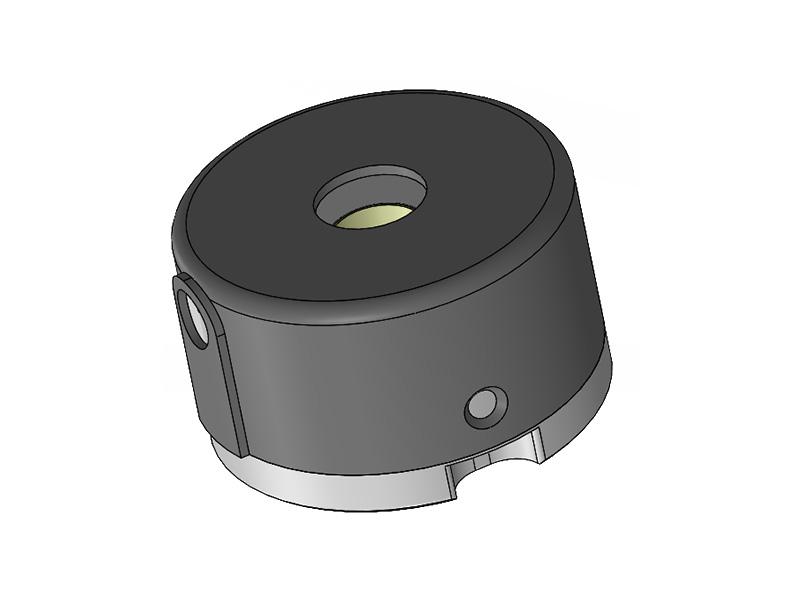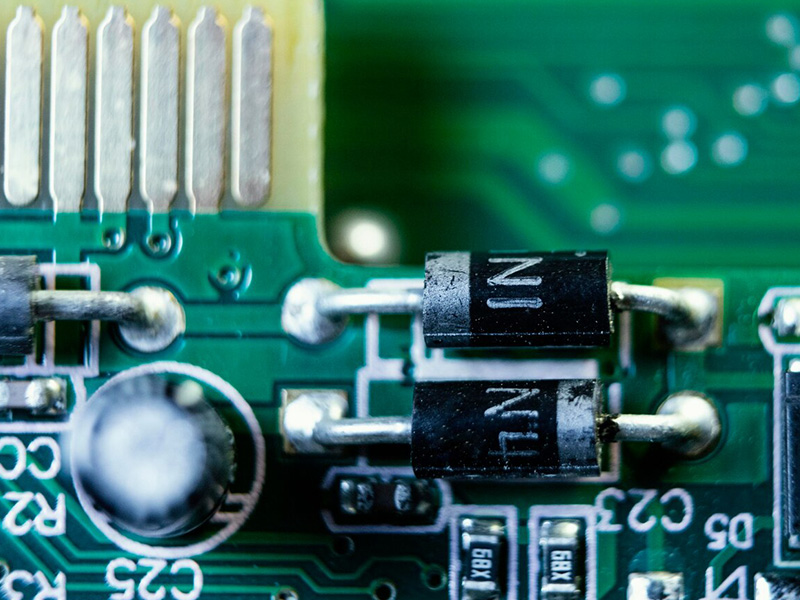Comparative analysis of incremental encoder and absolute encoder
Jan 15,2025
By:Epoch
Incremental encoders and absolute encoders are both commonly used in various industrial and automation applications for position feedback. Each type has its unique characteristics, advantages, and disadvantages. Below is a comparative analysis of incremental encoders and absolute encoders:
1. Working Principle
Incremental Encoder:
Utilizes the principle of photoelectric conversion to output three sets of square wave pulses (A, B, and Z phases).
The A and B pulses have a 90-degree phase difference, allowing the rotation direction to be determined.
The Z pulse is output once per revolution, serving as a reference point.
Absolute Encoder:
Features a light code disk with multiple light channels or刻线.
Each position of the encoder corresponds to a unique binary code (such as Gray code), which is obtained by reading the light and dark channels.
This allows the absolute position to be determined at any time without the need for a reference point or continuous counting.
2. Memory and Position Reference
Incremental Encoder:
Requires a reference point or homing sequence after power loss to re-establish position.
Accumulative errors may occur over time due to counting pulses.
Absolute Encoder:
Does not require a reference point or homing sequence.
Position is determined by the mechanical position and is stored in the encoder itself (through the photoelectric code disk).
No accumulative errors occur.
3. Application Scenarios
Incremental Encoder:
Suitable for applications where high resolution and precision are required, such as precision positioning and motion control.
More cost-effective for general-purpose applications.
Absolute Encoder:
Ideal for applications where reliability and absolute position accuracy are critical, such as machine tools, robotics, and aerospace.
Suitable for applications where power loss may occur and position must be maintained.
4. Advantages and Disadvantages
Incremental Encoder:
Advantages: High resolution, cost-effective, and suitable for a wide range of applications.
Disadvantages: Requires a reference point, susceptible to accumulative errors, and sensitive to environmental interference.
Absolute Encoder:
Advantages: Provides absolute position, no accumulative errors, and highly reliable.
Disadvantages: Generally more expensive than incremental encoders.
5. Structural Differences
Incremental Encoder:
Typically consists of a photoelectric code disk with a central axis, photoelectric emission and reception devices, and signal processing circuitry.
Absolute Encoder:
Similar structure to an incremental encoder but with a more complex code disk design.
May include additional circuitry for encoding and storing position information.
6. Error Handling and Robustness
Incremental Encoder:
More susceptible to errors due to environmental interference, such as electromagnetic noise or mechanical vibrations.
Requires additional error detection and correction mechanisms to maintain accuracy.
Absolute Encoder:
Less susceptible to errors due to its inherent ability to store and retrieve absolute position information.
Provides higher robustness and reliability in harsh environments.
Both incremental encoders and absolute encoders have their unique advantages and are suitable for different applications. Incremental encoders are more cost-effective and suitable for general-purpose applications where high resolution and precision are required. Absolute encoders, on the other hand, provide absolute position accuracy, no accumulative errors, and higher reliability, making them ideal for critical applications such as machine tools, robotics, and aerospace. When selecting an encoder, it is important to consider the specific requirements of the application, including accuracy, reliability, cost, and environmental factors.























